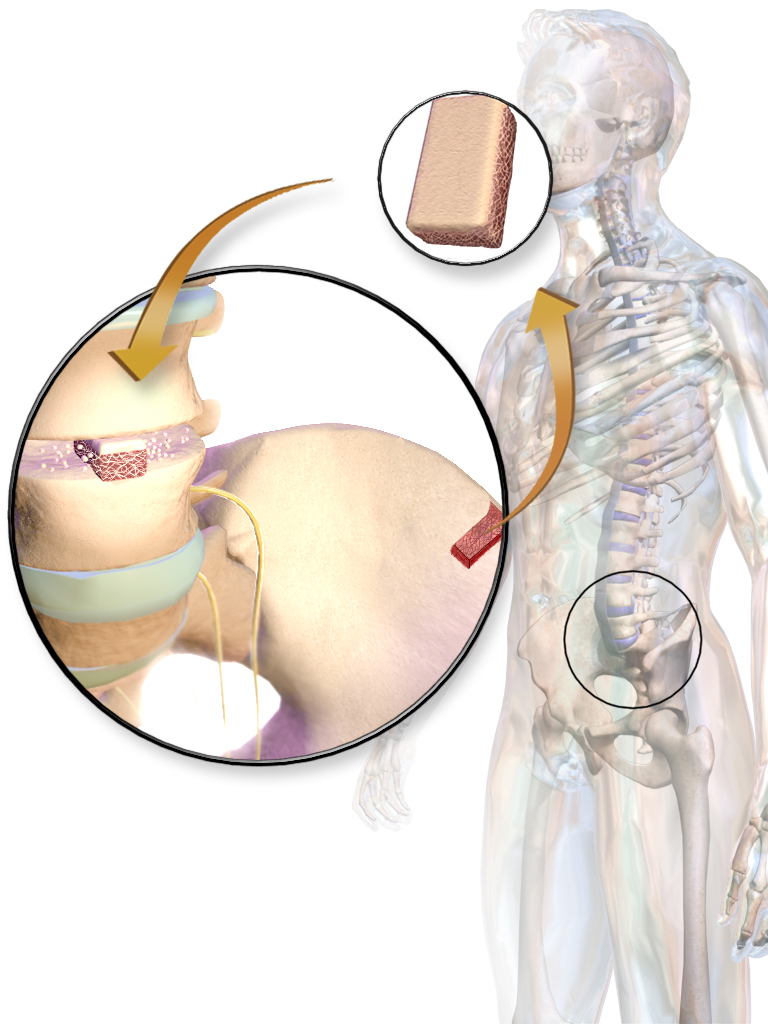| name | Autologous Bone Graft |
| Classification | Surgical Procedure/Biomaterial |
| Pharmacokinetics | Not applicable. Autologous bone graft is not a drug that is absorbed or metabolized. Instead, it provides structural support. |
| suggested dosage | Not applicable. The amount and placement of the graft are determined by the surgeon based on the specific clinical need. Factors include the extent of bone defect, patient-specific anatomy, and goals of treatment. |
| indications | | 1 | Repair of bone defects | | 2 | Fracture repair (in specific cases) | | 3 | Dental procedures (e.g., implant placement) | | 4 | Orthopedic reconstructions | | 5 | Treating spinal disorders | | 6 | Treating craniofacial defects |
|
| Safety in pregnancy | Limited data. Bone grafting during pregnancy should only be considered in a true emergency with careful consideration and consultation with the OB/GYN and surgical team. The risks and benefits need careful weighing. |
| Safety in breastfeeding | Limited data. As with pregnancy, caution is advised. Consultation with medical professionals is essential. |
| side effects | | 1 | Infection (at the surgical site) | | 2 | Pain | | 3 | Bleeding | | 4 | Swelling | | 5 | Nerve damage (rare) | | 6 | Delayed or impaired healing | | 7 | Graft resorption (loss of graft) | | 8 | Formation of a fibrous tissue over the graft | | 9 | Inability to achieve the desired clinical result |
|
| alternatives | |
| contraindications | | 1 | Active infection at the surgical site | | 2 | Uncontrolled bleeding disorder | | 3 | Known hypersensitivity to the bone graft material | | 4 | Poor general health conditions that could compromise healing |
|
| interactions | Bone grafts have limited interactions with other medications. Some existing medical conditions or other concurrent medications might influence the healing process, therefore consultation is crucial. |
| warnings and precautions | | 1 | Surgical procedure, so inherent risks associated with surgery must be considered. Proper surgical technique is essential. | | 2 | Patient age and health status affect the healing process. Pre-operative health evaluation is paramount. | | 3 | Proper post-operative care (e.g., medication, dressings, rehabilitation) is crucial for success and prevention of complications. | | 4 | Bone grafts, by nature, are a personalized intervention for specific surgical needs. General guidelines do not replace individualized care. |
|
| additional informations | | 1 | Autologous bone grafts are often preferred due to the lower risk of rejection compared to allografts. | | 2 | Bone graft procedure requires meticulous technique and surgical planning. | | 3 | The success of a bone graft depends heavily on the condition of the patient and the skill of the surgical team. | | 4 | The quality of the harvested bone and its preparation significantly impacts the outcome. | | 5 | Specific patient factors such as smoking history, diabetes, and other underlying medical conditions must be taken into account. |
|
| patient profile | |

